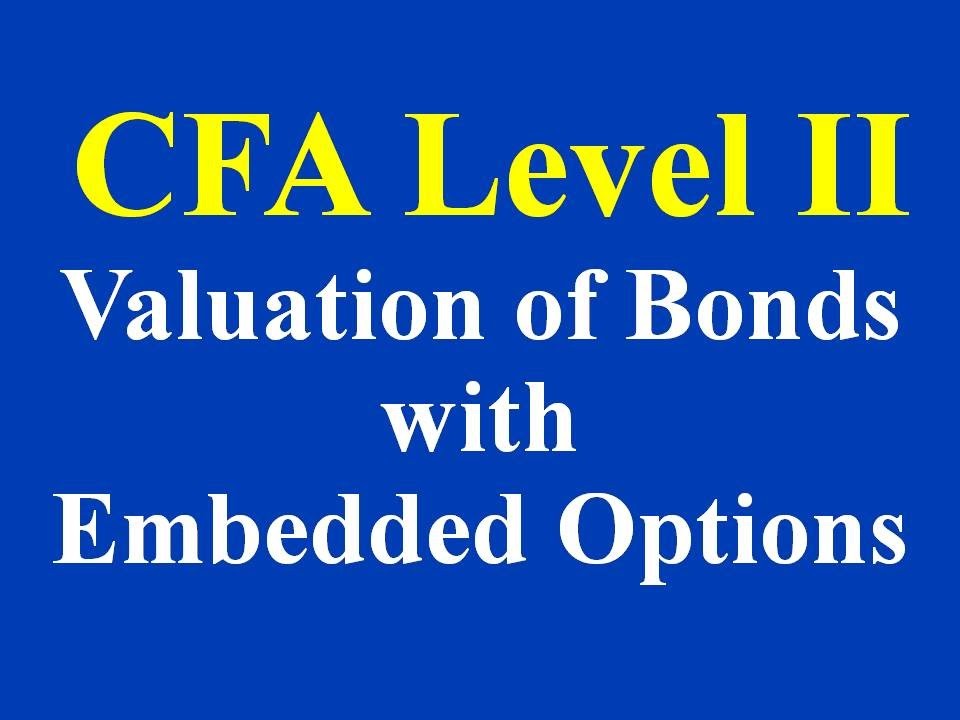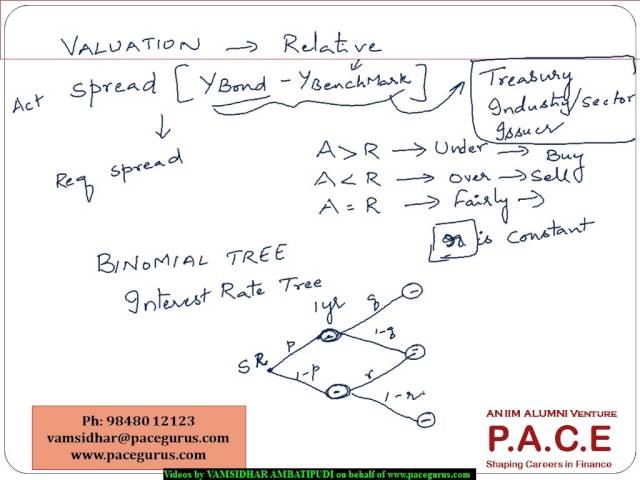Bonds and embedded options
Post on: 18 Май, 2015 No Comment

Bonds and embedded options
Anup Menon
THE DECISION by the Industrial Development Bank of India (IDBI) to call back its Deep Discount Bonds within four years of issuance, has left many an investor worried.
The bonds were issued in 1996. They offered a yield of 16 per cent for a time-frame of 25 years. By any yardstick, this was an excellent rate of return.
Many investors who had planned for their post-retirement life and education of their children, thinking they had invested in a virtually safe bond, would now have to look for riskier options to earn a substantial rate of return.
The critical question is: Do the investors have a right to complain? In this case, the effect of the option has had a negative impact on investor sentiment and may even impose costs on the IDBI in its future fund-mobilisation efforts. However, the offer document clearly indicates the existence of such options.
Option basics: Of late, select bonds that are being issued by financial institutions, such as IDBI, ICICI and IFCI, have options embedded in them. In most cases, the options can be exercised only on the dates mentioned in the offer documents. However, the institutions tend to issue just simple options — the call and the put-options.
Call options: The first type of embedded option common to these bonds is the call-option. This gives the buyer the right but not the obligation to purchase the bond at a given price. Consider this: An institution issues bonds with a maturity of ten years.
It also provides a call-option on the bonds, at the end of three years. This means the institution reserves the right to buy back these bonds from the investors at the end of three years. But it only has the right to, and need not necessarily, exercise the options.
Put options: The other common embedded option is the put-option. This is the opposite of a call-option. When the issuer of a bond attaches a put-option, it means that an investor who has purchased the bond has the right, but not the obligation, to sell the bond back to the issuing institution, at a predetermined price.
Consider this: In the example given above, the issuer may have attached a put-option to the bond at the end of three years. Thus, the investor can exercise the option of selling the bond back to the issuer at the given price.
For example, the floating rate bond issued by IDBI. The bond, which has a tenure of five years, has a call- and put-option at the end of every year.
When is it useful to exercise these options, especially from the investors point of view? Before that, it is important to understand the basic tenet of bond pricing. The price of a bond is inversely related to the interest rates in the economy. This means, the price of a bond will increase when interest rates decline and vice versa.
Consider this: A company issues a bond with a face value of Rs. 100 and a coupon rate of 12 per cent for a maturity term of five years. If after two years, the interest rate is hovering around the ten per cent mark, the price of the bond should be higher than Rs. 100.
At this point, the valid question is: Why should the price of the bond move up? The price of the bond moves up since to earn a similar return in absolute terms, an investor would now have to set aside a higher amount. In this example, to earn Rs. 12 which is 12 per cent of Rs. 100, he would now have to invest Rs. 120. If the price of the bond does not move up, then the demand for such bonds in the market will go up, and this would eventually push the price up to Rs. 120.
The value of options needs to be understood in this context of fluctuating interest rates. An option is a tool to react to such interest rate changes. In case the interest rate has declined over a period of time, the call-option becomes valuable for the issuers such as financial institutions.

This happened in the case of the IDBI deep-discount bonds. Given that interest rates in the economy is hovering around the ten per cent mark, exercising the option is a good strategic move on the part of the IDBI.
Consider the other scenario. Assume that interest rates rise to around 25 per cent, then a put-option would have become valuable for the investor. An investor could then redeem the bonds and reinvest the proceeds, at the higher market rate.
Checklist for investors:
The issuance of bonds by financial institutions and other bodies is likely to continue. Hence, it would pay for the investors to have an idea of what to expect from the institutions:
An option is a right provided to the option holder. In this case, a call-option is the right provided to the issuer and vice versa. Hence, the person who gives the right should receive a premium for forfeiting such rights. However, the IDBI has been able to escape without paying a premium. Why is this so?
The structuring of the bond option has been in such a way that the institution provided both a call- and a put-option at the same exercise price on the same day. Effectively, this means, the bondholders should have construed it to be a bond with a five-year maturity. Most bond issues made by financial institutions have similar provisions. Investors would do well to read the provisions, especially the fineprint, in relation to the available options.
Institutions seem to be giving options only when interest rates are high. This is evident from the fact that most of the bonds issued in the recent past, have no call/put provisions attached to them. Hence, investments in bonds when interest rates are on the lower end is not a problem.
Beware of brokers. The primary objective of brokers is to garner as much funds as possible. Considering the commissions offered, they are likely to gloss over the risks associated with the premature calling of the bond.














